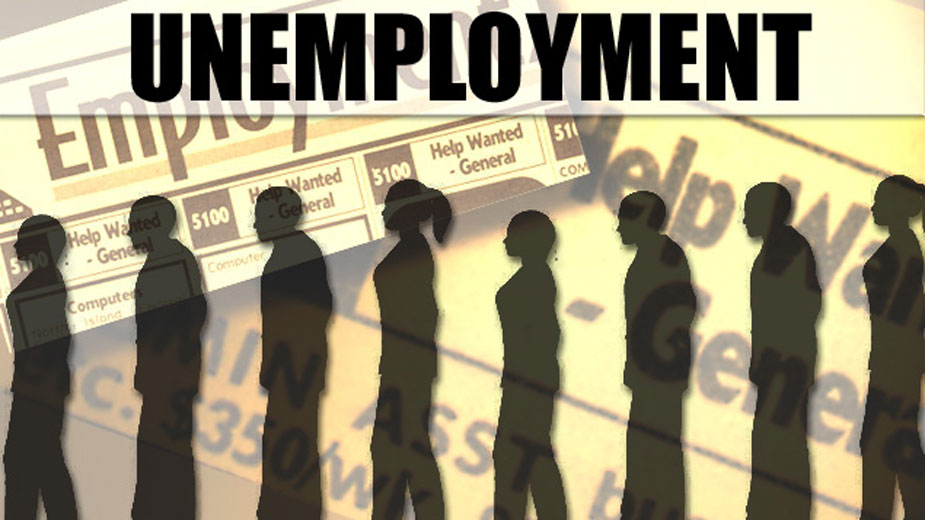New Jobless Claims in Ohio Increase, Continued Claims Drop
COLUMBUS, Ohio — Initial unemployment claims in Ohio increased by more than 1,100 last week, while continued claims fell by more than 2,600.
Ohioans filed 11,919 new unemployment claims for the week ended March 5, up from 10,799 filed the week prior, the Ohio Department of Job and Family Services reported Thursday. Continued jobless claims fell to 56,883, down from 59,551 the week ended Feb. 26.
The total number of jobless claims filed from Feb. 27 to March 5 was 68,802.
Ohio’s unemployment rate in December was 4.5%, the agency said. The national unemployment rate in December was 3.9%. Ohio’s labor force participation rate in December was 61.5%, compared to 61.9% nationally.
Pennsylvania reported 10,010 initial jobless claims for the week ended Feb. 26, according to the most recent data available from the Center for Workforce Information & Analysis. That’s down from the 10,336 claims reported the week prior, marking four straight weeks of declines. Continued claims in the commonwealth decreased to 98,594 for the week ended Feb. 26 from 104,918 the week prior.
Nationally, slightly more Americans applied for unemployment benefits last week, but layoffs have settled to the low, pre-pandemic levels seen before the coronavirus recession in 2020.
Jobless claims rose by 11,000 to 227,000 for the week ending March 5, the Labor Department reported Thursday. The previous week’s number was 216,000. First-time applications for jobless aid generally track the pace of layoffs.
The four-week average for claims, which compensates for weekly volatility, rose by 500 to 230,750.
In total, 1,474,000 Americans were collecting jobless aid the week that ended Feb. 26, up slightly from the week before that. The four-week moving average for that number is at its lowest level in more than 50 years.
Last week, the government reported that employers added a robust 678,000 jobs in February, the largest monthly total since July. The unemployment rate dropped to 3.8%, from 4% in January, extending a sharp decline in joblessness to its lowest level since before the pandemic erupted two years ago.
At the other end of the equation, U.S. businesses posted a near-record level of open jobs in January. That trend has helped pad workers’ pay and added to inflationary pressures.
Employers posted 11.3 million jobs at the end of January, down slightly from a record of 11.4 million in December, Labor reported Wednesday.
The number of people quitting their jobs slipped to 4.25 million, down from 4.4 million, though January’s figure is still 23% above pre-pandemic levels. Millions of people are jumping to switch jobs, often for higher pay.
Average hourly pay increased 5.1% in February compared with a year earlier, according to U.S. statistics released last week, a rapid gain that forces companies to either become more efficient or raise prices to offset higher labor costs.
The U.S. economy expanded 5.7% in 2021, growing last year at the fastest annual pace since a 7.2% surge in 1984, which also followed a recession.
Propelled by surging costs for gas, food and housing, consumer inflation jumped 7.9% over the past year, the sharpest spike since 1982 and likely only a harbinger of even higher prices to come. The increase reported Thursday by the Labor Department reflected the 12 months ending in February and didn’t include most of the oil and gas price increases that followed Russia’s invasion of Ukraine on Feb. 24.
The Associated Press contributed to this report.
Published by The Business Journal, Youngstown, Ohio.


